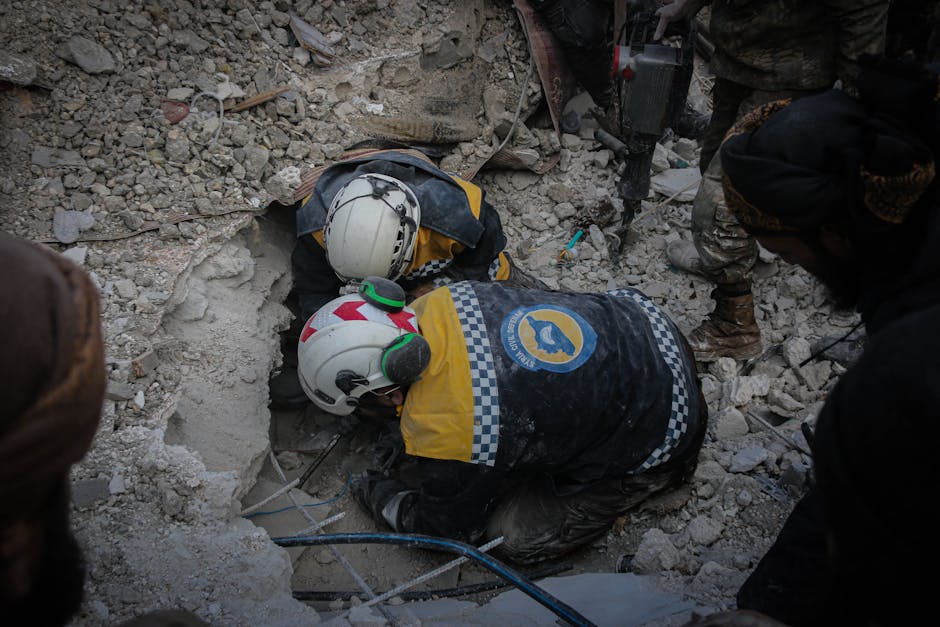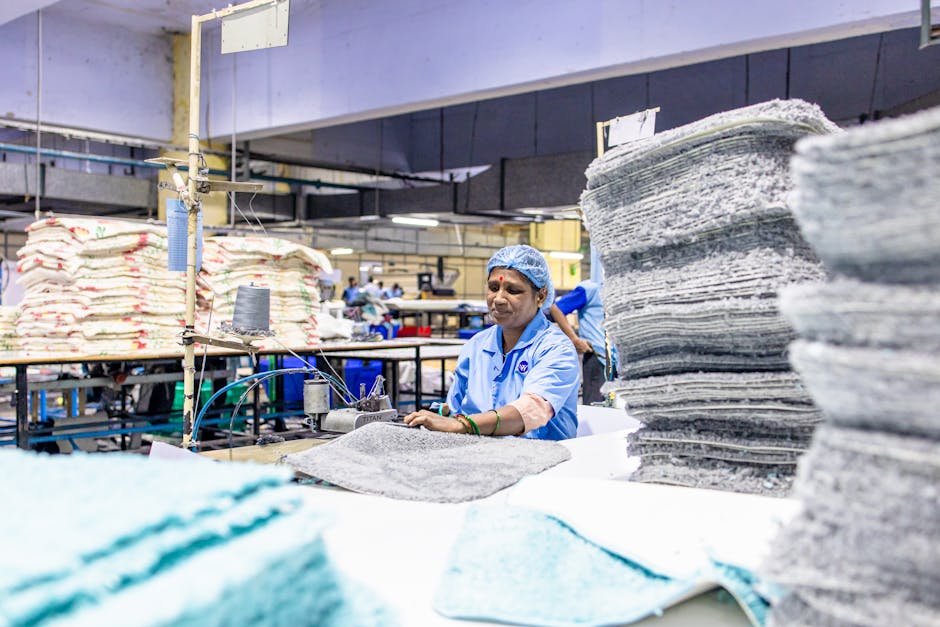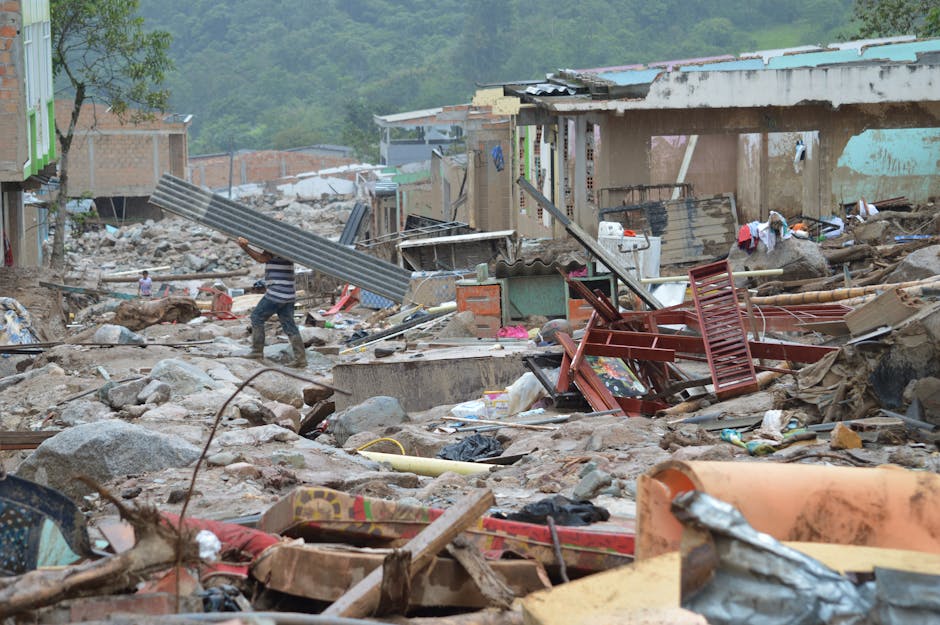In the smoke-filled, rubble-strewn streets of Gaza, where the symphony of daily life has been replaced by the drone of aircraft and the roar of explosions, a new kind of hero is emerging. They don’t wear military fatigues or carry advanced weaponry. Their uniforms are often just dusty tracksuits and their tools are little more than shovels, pickaxes, and far too often, their bare hands. They are the volunteer civil defence workers, ordinary citizens stepping into an extraordinary nightmare, driven by a desperate will to save their neighbours.
An Overwhelmed System and a Community’s Response
The official Palestinian Civil Defence, already under-equipped and overwhelmed before the recent escalation, is stretched to its breaking point. As airstrikes reduce multi-storey buildings to concrete pancakes in seconds, the task of reaching potential survivors is a race against time that the professionals simply cannot win alone. This is where the volunteers join Gaza‘s civil defence crews.
They are shopkeepers whose shops no longer stand, university students whose campuses are closed, and fathers who feel a profound duty to protect any family they can. Motivated by a mix of communal responsibility and grim necessity, they heed the calls for help that echo through the ravaged neighbourhoods. When a strike hits, they are often the first on the scene, climbing over treacherous piles of debris, listening for the faintest cries from beneath the wreckage.
Facing Monumental Dangers on the Front Lines
Their courage comes at a terrifying cost. The huge risks for these volunteers are monumental and multi-layered. They knowingly run toward danger, equipped with little more than bravery.
The most immediate dangers include:
- “Double-Tap” Airstrikes: A notorious tactic where a location is bombed a second time shortly after the first, deliberately targeting the first responders who have rushed in to help. This turns an act of rescue into a potential death sentence.
- Unstable Structures: Weakened buildings can collapse without warning, burying the rescuers alongside the initially trapped.
- Unexploded Ordnance: Bombs and missiles lie hidden in the rubble, posing a constant, unseen threat.
- Lack of Equipment: They lack heavy machinery to lift giant concrete slabs, sophisticated listening devices, and even basic protective gear like helmets and steel-toed boots.
The Invisible Wounds: Psychological Toll on Rescue Workers
The psychological toll is just as severe as the physical danger. These volunteers are pulling their friends, their neighbours, and their own family members—both living and deceased—from the ruins of their homes. The scenes of devastation they witness are indelibly etched into their minds. They are not trained counsellors or seasoned paramedics; they are ordinary men propelled by an extraordinary sense of duty, and they carry the trauma of their work with every life they save and every one they cannot.
A Symbol of Resilience Amidst the Ruins
Yet, they continue. Their presence is more than just a practical necessity; it’s a powerful symbol of resilience. In a conflict where civilians are bearing the heaviest price, these volunteers represent humanity at its most defiant. They are a testament to the fact that even when the machinery of war seeks to pulverize a society, the bonds of community can refuse to break.
While world leaders debate resolutions and aid convoys wait at borders, these volunteers are on the front lines of a different battle—a battle for life, for dignity, and for a flicker of hope. They are not just digging through concrete; they are excavating the very soul of their community, reminding the world that in Gaza, the most powerful force is not destruction, but the unyielding spirit of its people.




